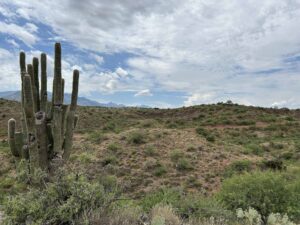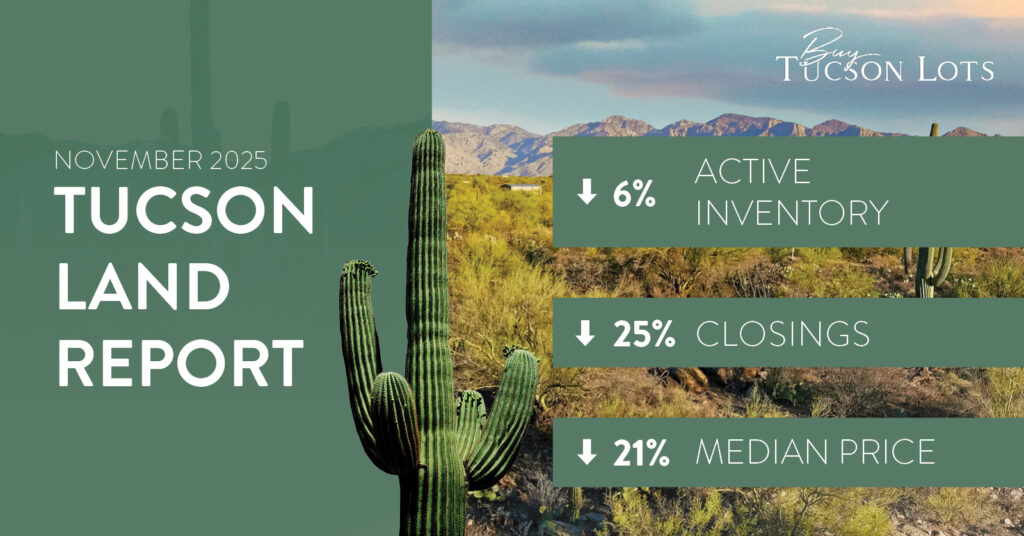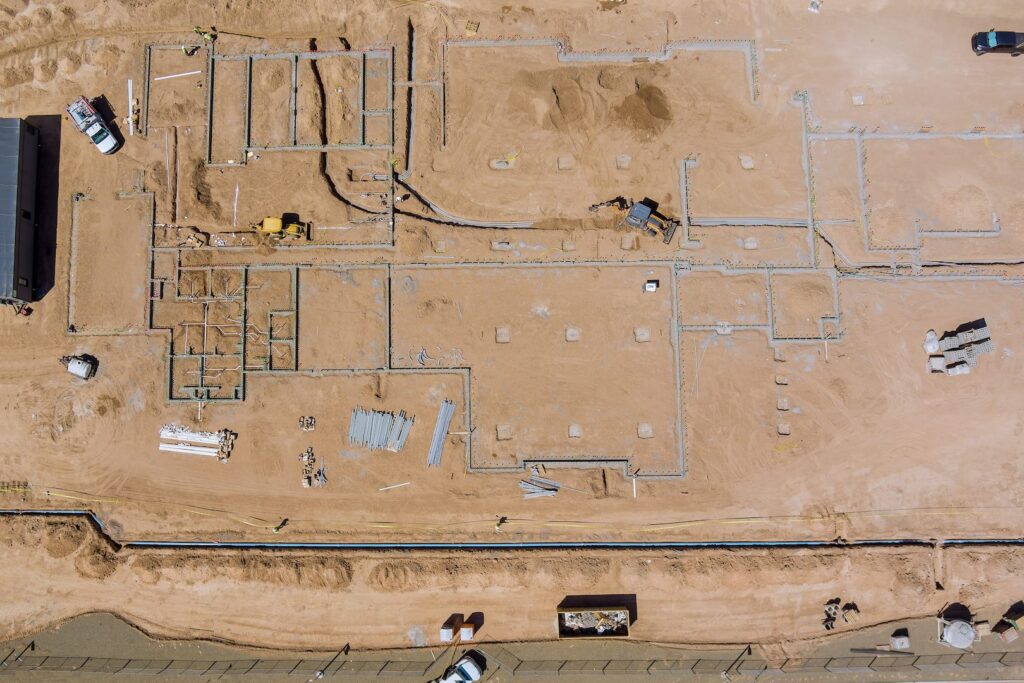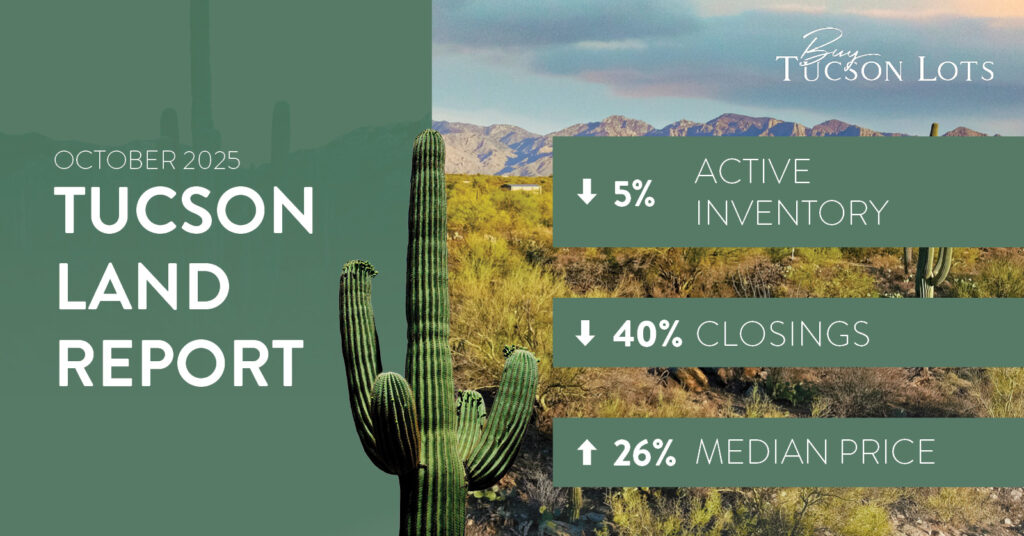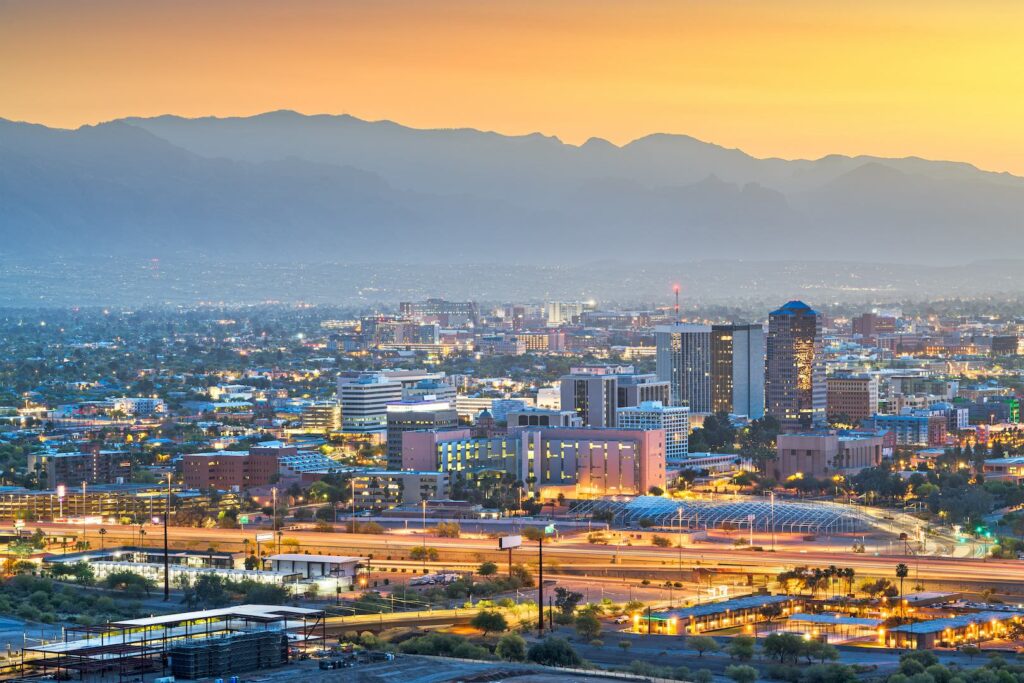I’m often asked whether a particular vacant parcel has any deed restrictions. I get questions regarding building size or type requirements, time frames for building, height restrictions, areas on the lot that can only be used for building, or must remain unused, etc. When it comes down to it, if the property is located in a subdivision, there will typically be a set of parameters that one must follow.
CC&R’s and Design Guidelines for a Subdivision
Generally called CC&R’s (covenants, codes, and restrictions) and Design Guidelines, these many rules and regulations outline what everyone building and living in a certain subdivision can and can’t do with their property. Often, these may include where you build, the style and size of the home, outbuildings that are allowed, and in some cases even the color of paint you may use and materials that must be included or disallowed when building.
Many rules also set a standard of behavior as a homeowner in the community including vehicle parking, speed limits, number of pets, and more. In these neighborhoods, a Homeowners Association (HOA) is responsible for overseeing and enforcing these rules.
Vacant land that is not located in a subdivision is referred to as un-subdivided or un-restricted land. Although this type of property may seem to embody the concept of a free-for-all mentality, this is not necessarily the case.
As Laura Mueller said in a recent article in Land Hub, “On its face, unrestricted land sounds like a pretty great investment. Having the ability to do whatever you want in terms of building and maintenance on your land, without the oversight of a homeowner’s association or village restrictions, is the dream after all – right? Here’s the thing: unrestricted land does have a lot of benefits, but it’s not necessarily a free for all.”
Deed Restrictions
Although it’s true unrestricted land will not be subject to an HOA and its rules, there very well may be deed restrictions placed on the land by a previous owner. These can be standard, straightforward restrictions like requiring all building structures to be a certain distance from property lines or limiting building height. But they can also be rather unusual and intrusive. For example, some deed restrictions have required that new owners have no animals except certain breeds of dogs or cats, or other restrictions have required that the new owner allow the previous owner access to a walking path on the property at any time of day or night.
The only way to get a full and complete list of these deed restrictions before you buy land is to request a copy of a Title Report and ask specifically to see all the recorded documents affecting the property.
Zoning Restrictions
In addition to deed restrictions the local municipality is also likely to impose certain zoning restrictions. These can limit how you use your property in many ways: structures allowed or disallowed (such as mobile homes, tiny houses, container homes), business and commercial uses, number and types of animals, etc. To understand these, you must view the local zoning code for the specific property you’re considering.
Remember, if there are limited restrictions on your land, chances are that the same restrictions apply to your neighbor’s property.
Land limitations and restrictions are not necessarily all bad. Let me finish with a recent experience when showing some beautiful land on Tucson’s west side to drive that point home.
I drove some clients to a 10-acre piece at the end of Camino Del Cerro abutting the National Forest. As we drove up, we all saw a group of odd structures. These turned out to be what looked like 20’ high, white beehives partially finished and grouped in a circle that was built on the neighboring 10 acres. Much of the land around them had been cleared and scraped and these were visible for miles around. My clients who wanted to build a conventional custom home were taken aback by the odd aesthetic of their potential neighbor and removed that parcel from their search immediately.
When you’re looking for the perfect land lot for your new home, consider what’s most important to you. My years of experience in and around Tucson with the buying and selling of land lots will be a true game changer during your search. Contact me, Rick Sack, by calling 520-918-5477 or emailing rick@buytucsonlots.com.



